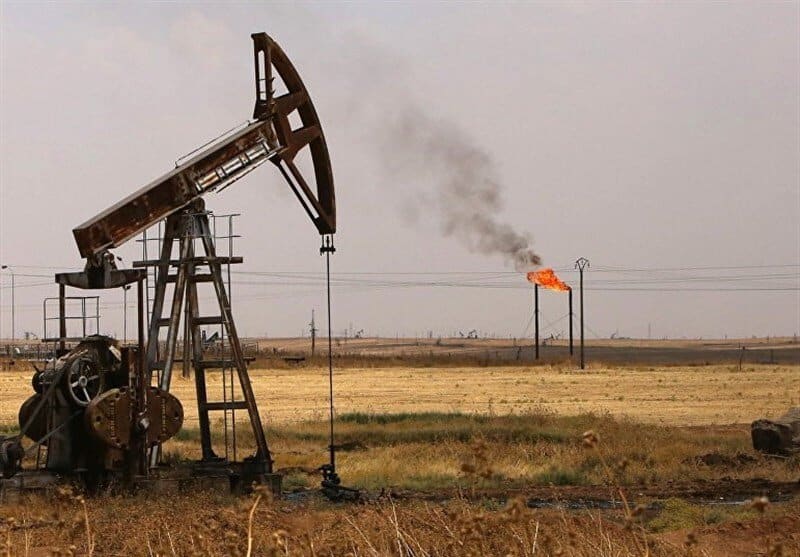-
Trends currently driving down oil prices will cease to be a problem in the second half of 2021
-
Weaker dollar, inflation and monetary easing will lead to higher oil prices in 2022
A new Bank of America Global Research report claims micro trends that are driving down oil prices, like the Iran situation or the second wave of Covid-19 in India, may no longer be a problem in the second half of 2021.
The report also said factors like a weaker dollar, inflation and monetary easing will lead to higher oil prices in 2022.
A post-Covid scenario marked by a permanent reduction in mass transit use could quickly translate into a major worldwide oil-demand-rationing exercise. Even if electric vehicle (EV) sales reach 34 percent by 2030, an acceleration in miles driven of 20 percent could push peak oil demand levels to 109 million barrels per day (b/d) by 2027.
On the supply side, oilfield decline rates have accelerated sharply in 2020 and in early 2021. Plus, energy capex has come down sharply in the past year and now the International Energy Agency is calling for further investment reductions to meet climate goals. Reflecting a tighter market ahead, Brent in 2026 recently traded above $59 per barrel (/bbl) last week, up from a 2020 low of $47/bbl.
“With spec oil positions relatively low and CO2 prices rising too, we see room for long-dated oil prices to move structurally higher by $5 to $10/bbl,” the BofA Global Research report said.
While a Covid-19 surge in India has depressed mobility, the link between Covid-19 cases and fuel consumption is starting to break down around the world. In part, workplace mobility is picking up thanks to the global vaccination campaign. For instance, despite a resurgence in Covid-19 cases in countries like Chile, the UAE, or Bahrain (nations with some of the highest vaccination levels in the world), hospitalization and death rates have stayed low. So, mobility has kept improving there.
With global transportation demand set to recover sequentially, the upcoming new Iran nuclear deal could be the next bump in the recovery path for oil prices.
“Even then, we see three mitigating factors: (1) a return of Iran is already embedded into our global oil balances, (2) Opec+ will likely act to accommodate the comeback one of its largest members, and (3) Iranian output is already nearing 2.4 million b/d anyway, up 0.36 million b/d YoY,” the BofA Global Research report said.

